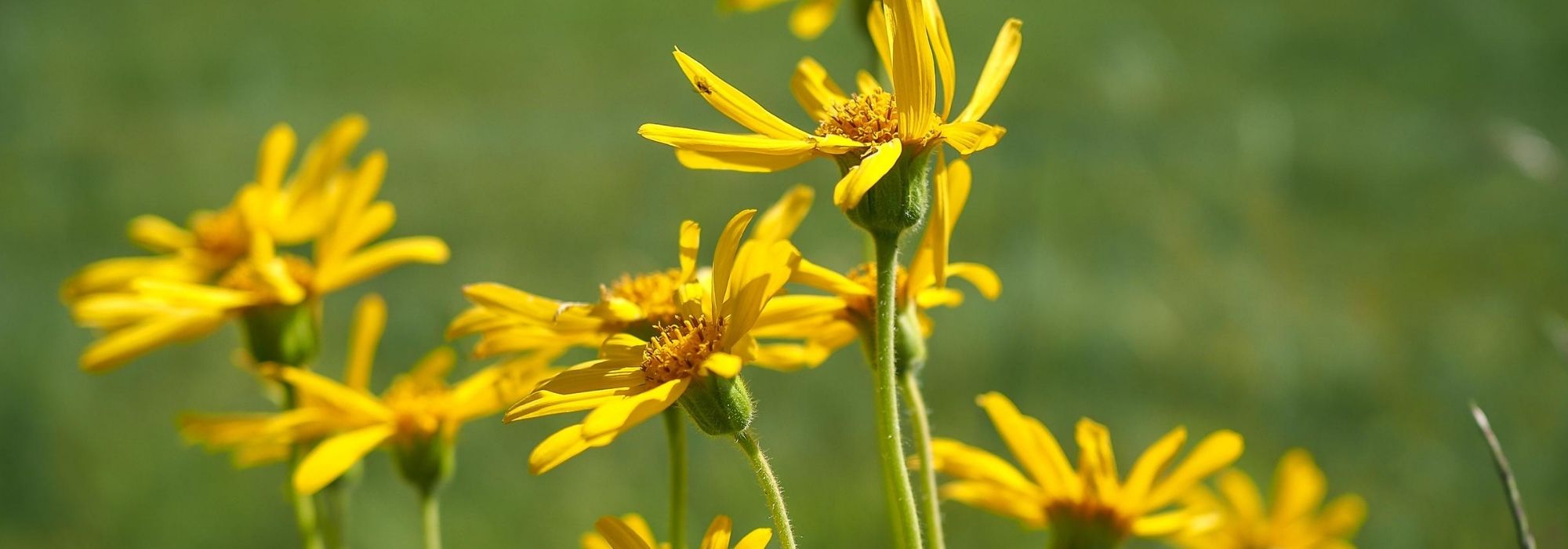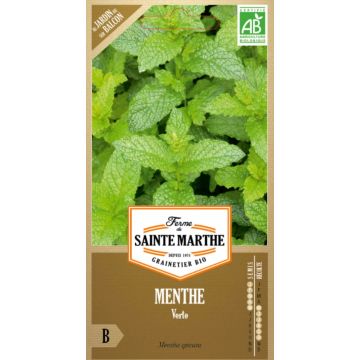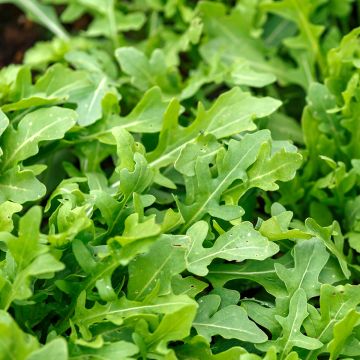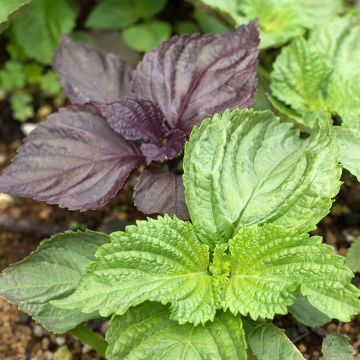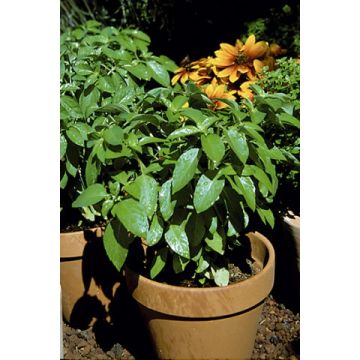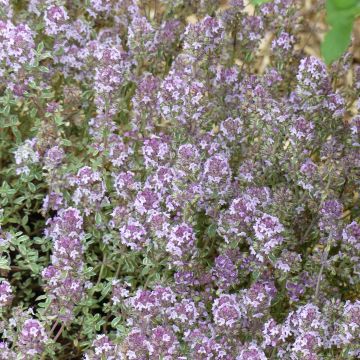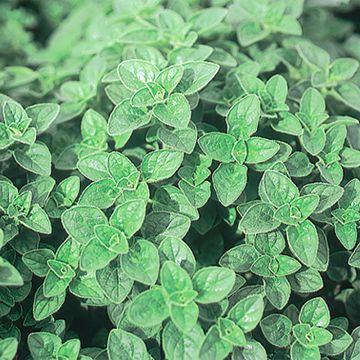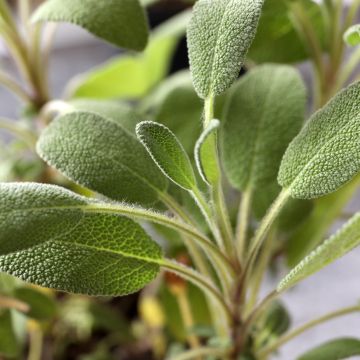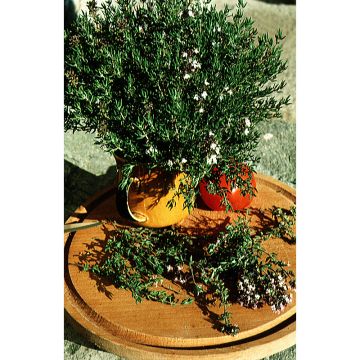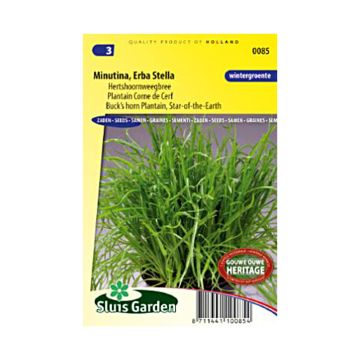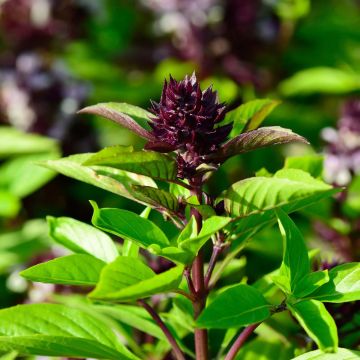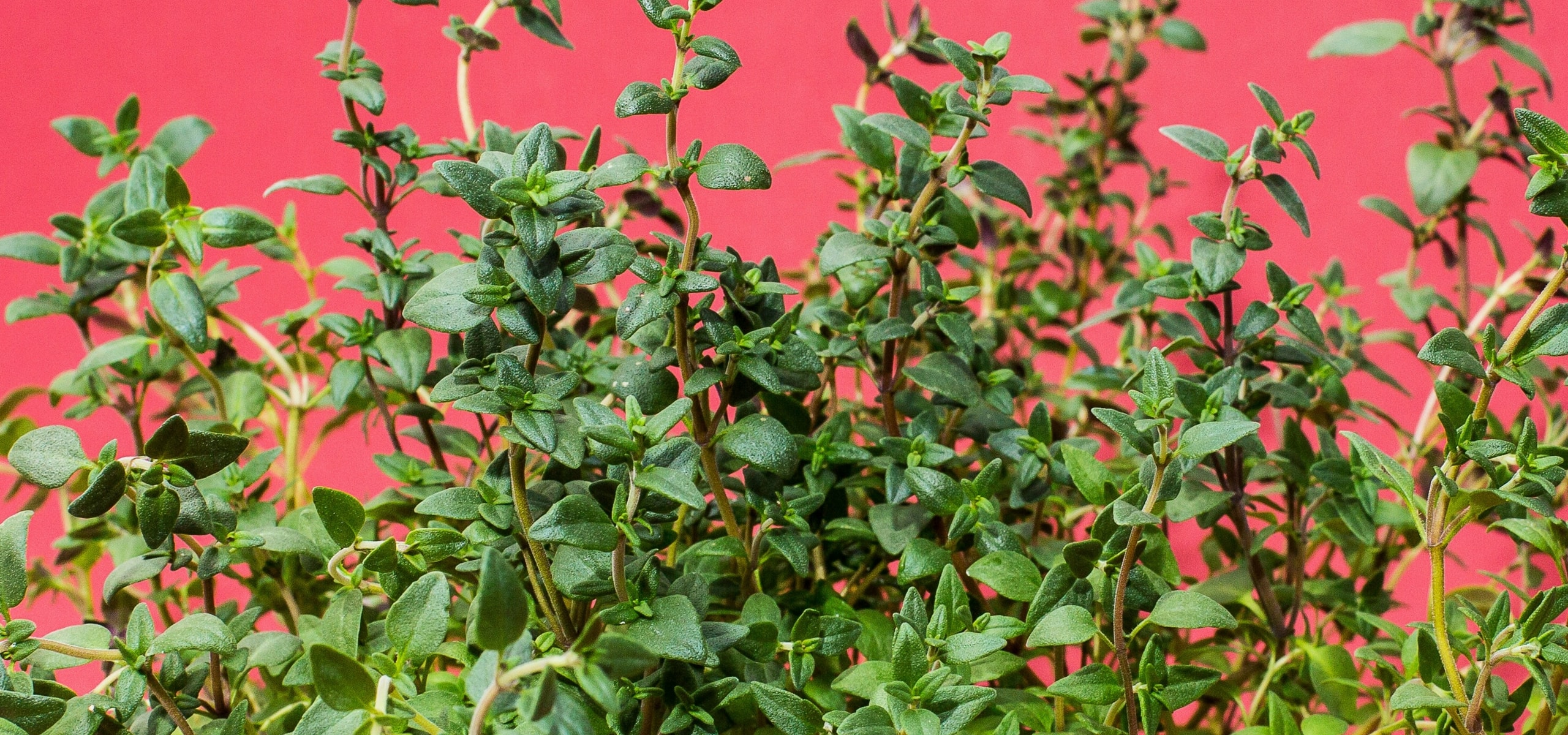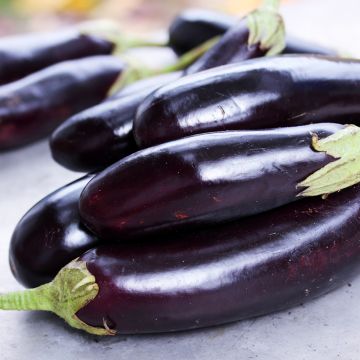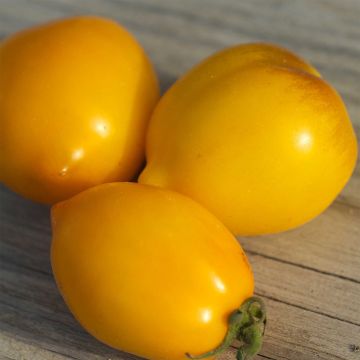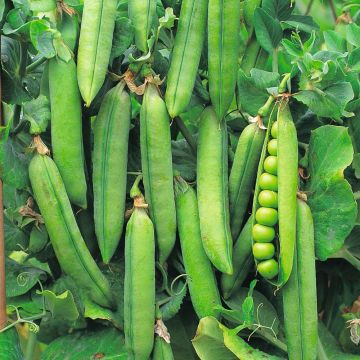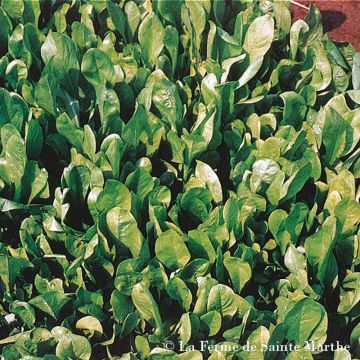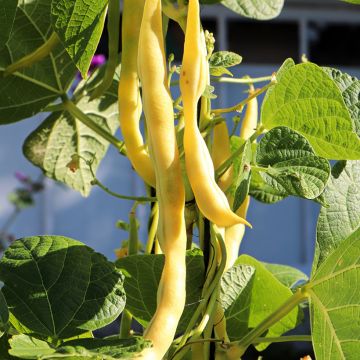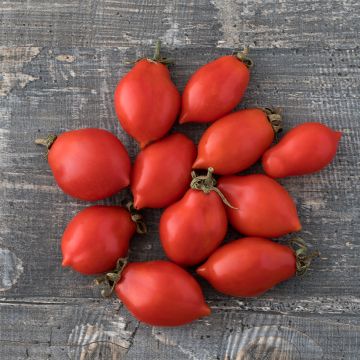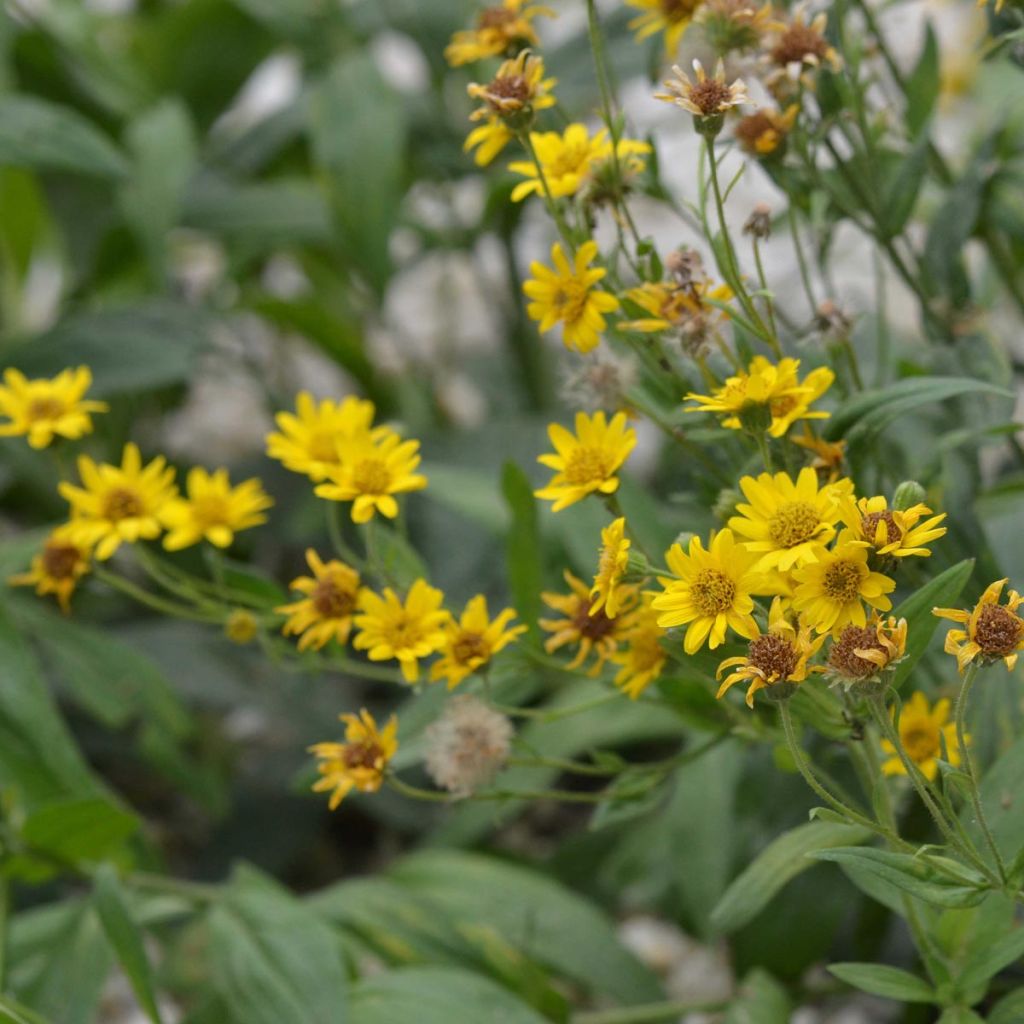

Arnica montana - Ferme de Sainte Marthe seeds


Arnica montana - Ferme de Sainte Marthe seeds
Arnica montana - Ferme de Sainte Marthe seeds
Arnica montana
Mountain Arnica, Leopard's Bane, Wolf's Bane
Pristine condition sachet
Céline H., 13/10/2018
Special offer!
Receive a €20 voucher for any order over €90 (excluding delivery costs, credit notes, and plastic-free options)!
1- Add your favorite plants to your cart.
2- Once you have reached €90, confirm your order (you can even choose the delivery date!).
3- As soon as your order is shipped, you will receive an email containing your voucher code, valid for 3 months (90 days).
Your voucher is unique and can only be used once, for any order with a minimum value of €20, excluding delivery costs.
Can be combined with other current offers, non-divisible and non-refundable.
Home or relay delivery (depending on size and destination)
Schedule delivery date,
and select date in basket
This plant carries a 6 months recovery warranty
More information
We guarantee the quality of our plants for a full growing cycle, and will replace at our expense any plant that fails to recover under normal climatic and planting conditions.

Description
Arnica (Arnica montana) is a large perennial, medicinal plant. It is cultivated for its healing and soothing properties and for its yellow to orange flowers in summer. Sow from February to April and harvest from May to July the following year.
Arnica belongs to the Asteraceae family. It is native to the mountainous regions of Europe and southern Russia. It forms an erect plant, about 50 cm high and 30 cm wide. This herbaceous perennial has deciduous foliage composed of lanceolate leaves, grouped into basal rosettes. It blooms from May to August, depending on the region, in the form of yellow to orange stellate flowers, on 6 to 8 cm stems. Arnica tolerates temperatures of at least -15°C.
Arnica is a medicinal plant, used since ancient times for its healing and soothing properties. It is used externally, as a tincture to treat bruises, insect bites etc. It must not be consumed as it is moderately toxic. Arnica is commonly used in homeopathy.
Arnica montana likes plenty of sun and ordinary (even poor) light, rather acidic soil. Grow alongside herbs or other medicinal plants such as Chamomile or Calendula. It will also look attractive in sunny rockeries.
Harvest: flower heads are harvested from May to July.
Preservation: leaves and flowers can be dried and stored in a dark, dry place, in airtight boxes.
Good to know: you can multiply a well-established Arnica plant by dividing the clump. Choose a healthy and well-developed plant, divide it with a sharp knife and then transplant immediately to prevent the roots from drying out.
NB. Organic seeds (in French "AB" for "Agriculture Biologique") are produced from plants that aren't treated with phytosanitary products (insecticides, weed killers). The seeds do not undergo post-harvest treatment. They carry the AB label and are approved by Ecocert, an independent structure.
Harvest
Plant habit
Foliage
Botanical data
Arnica
montana
Asteraceae
Mountain Arnica, Leopard's Bane, Wolf's Bane
Cultivar or hybrid
Perennial
Other Herb seeds
View all →Planting and care
Sowing:
Sow from February to April at a temperature of about 13°C. Sow in a seed tray filled with good sowing mix, possibly amended with a little ericaceous compost. Keep the soil moist but not soggy until germination.
Arnica is one for the patient gardener as germination can be quite hit and miss. It usually takes about a month but can sometimes last up to two years!
Once the seedlings are strong enough to handle, prick them out into pots. Let them grow slowly until the following spring and then plant them out into the garden, once all risk of frost is over. Leave about 30 cm between each plant.
Where to grow: Arnica montana likes plenty of sun and ordinary (even poor) light, rather acidic soil.
Seedlings
Care
Intended location
Planting & care advice
-
, onOrder confirmed
Reply from on Promesse de fleurs
Similar products
Haven't found what you were looking for?
Hardiness is the lowest winter temperature a plant can endure without suffering serious damage or even dying. However, hardiness is affected by location (a sheltered area, such as a patio), protection (winter cover) and soil type (hardiness is improved by well-drained soil).

Photo Sharing Terms & Conditions
In order to encourage gardeners to interact and share their experiences, Promesse de fleurs offers various media enabling content to be uploaded onto its Site - in particular via the ‘Photo sharing’ module.
The User agrees to refrain from:
- Posting any content that is illegal, prejudicial, insulting, racist, inciteful to hatred, revisionist, contrary to public decency, that infringes on privacy or on the privacy rights of third parties, in particular the publicity rights of persons and goods, intellectual property rights, or the right to privacy.
- Submitting content on behalf of a third party;
- Impersonate the identity of a third party and/or publish any personal information about a third party;
In general, the User undertakes to refrain from any unethical behaviour.
All Content (in particular text, comments, files, images, photos, videos, creative works, etc.), which may be subject to property or intellectual property rights, image or other private rights, shall remain the property of the User, subject to the limited rights granted by the terms of the licence granted by Promesse de fleurs as stated below. Users are at liberty to publish or not to publish such Content on the Site, notably via the ‘Photo Sharing’ facility, and accept that this Content shall be made public and freely accessible, notably on the Internet.
Users further acknowledge, undertake to have ,and guarantee that they hold all necessary rights and permissions to publish such material on the Site, in particular with regard to the legislation in force pertaining to any privacy, property, intellectual property, image, or contractual rights, or rights of any other nature. By publishing such Content on the Site, Users acknowledge accepting full liability as publishers of the Content within the meaning of the law, and grant Promesse de fleurs, free of charge, an inclusive, worldwide licence for the said Content for the entire duration of its publication, including all reproduction, representation, up/downloading, displaying, performing, transmission, and storage rights.
Users also grant permission for their name to be linked to the Content and accept that this link may not always be made available.
By engaging in posting material, Users consent to their Content becoming automatically accessible on the Internet, in particular on other sites and/or blogs and/or web pages of the Promesse de fleurs site, including in particular social pages and the Promesse de fleurs catalogue.
Users may secure the removal of entrusted content free of charge by issuing a simple request via our contact form.
The flowering period indicated on our website applies to countries and regions located in USDA zone 8 (France, the United Kingdom, Ireland, the Netherlands, etc.)
It will vary according to where you live:
- In zones 9 to 10 (Italy, Spain, Greece, etc.), flowering will occur about 2 to 4 weeks earlier.
- In zones 6 to 7 (Germany, Poland, Slovenia, and lower mountainous regions), flowering will be delayed by 2 to 3 weeks.
- In zone 5 (Central Europe, Scandinavia), blooming will be delayed by 3 to 5 weeks.
In temperate climates, pruning of spring-flowering shrubs (forsythia, spireas, etc.) should be done just after flowering.
Pruning of summer-flowering shrubs (Indian Lilac, Perovskia, etc.) can be done in winter or spring.
In cold regions as well as with frost-sensitive plants, avoid pruning too early when severe frosts may still occur.
The planting period indicated on our website applies to countries and regions located in USDA zone 8 (France, United Kingdom, Ireland, Netherlands).
It will vary according to where you live:
- In Mediterranean zones (Marseille, Madrid, Milan, etc.), autumn and winter are the best planting periods.
- In continental zones (Strasbourg, Munich, Vienna, etc.), delay planting by 2 to 3 weeks in spring and bring it forward by 2 to 4 weeks in autumn.
- In mountainous regions (the Alps, Pyrenees, Carpathians, etc.), it is best to plant in late spring (May-June) or late summer (August-September).
The harvesting period indicated on our website applies to countries and regions in USDA zone 8 (France, England, Ireland, the Netherlands).
In colder areas (Scandinavia, Poland, Austria...) fruit and vegetable harvests are likely to be delayed by 3-4 weeks.
In warmer areas (Italy, Spain, Greece, etc.), harvesting will probably take place earlier, depending on weather conditions.
The sowing periods indicated on our website apply to countries and regions within USDA Zone 8 (France, UK, Ireland, Netherlands).
In colder areas (Scandinavia, Poland, Austria...), delay any outdoor sowing by 3-4 weeks, or sow under glass.
In warmer climes (Italy, Spain, Greece, etc.), bring outdoor sowing forward by a few weeks.






























